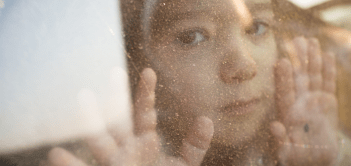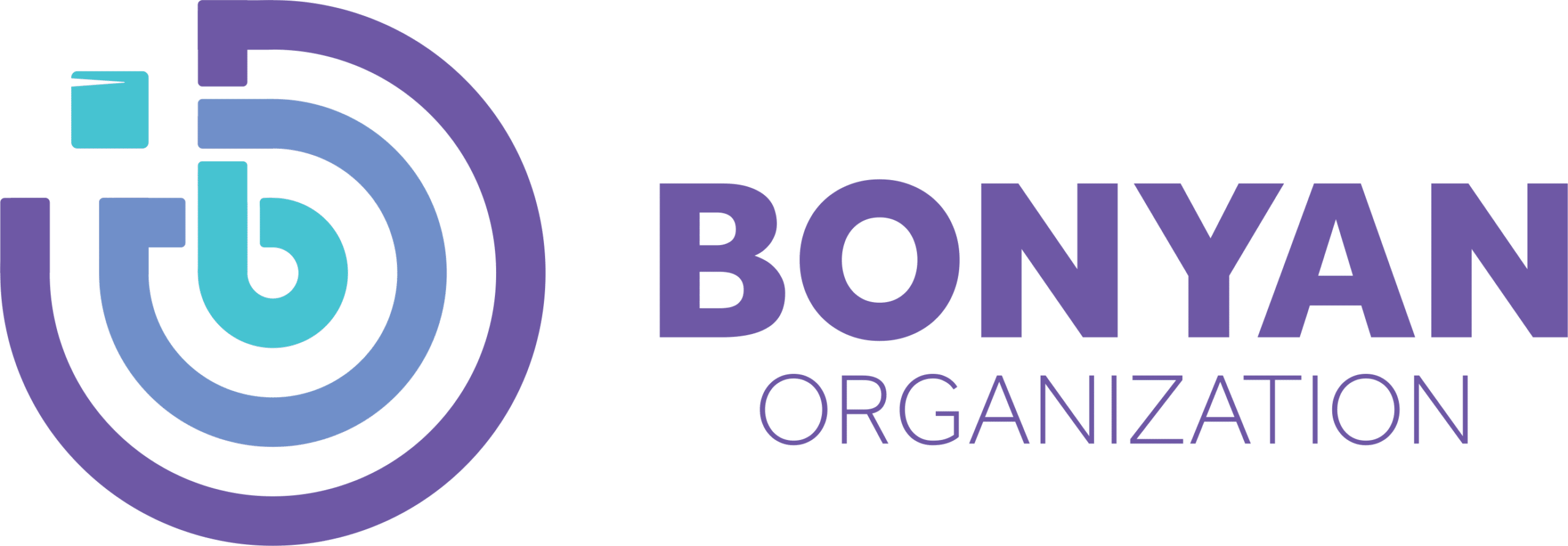Refugees Facing Disease and Healthcare Challenges
Among the biggest problems refugees suffer from are health problems, as they are more susceptible to:
- Infectious diseases and epidemics.
- Hypothermia.
- Burns.
- Gastrointestinal diseases.
- Cardiovascular diseases.
- Complications related to pregnancy and childbirth.
- Diabetes.
- High blood pressure.
Refugee and migrant women often face specific challenges, especially in maternal, newborn, and child health, sexual and reproductive health, and violence.
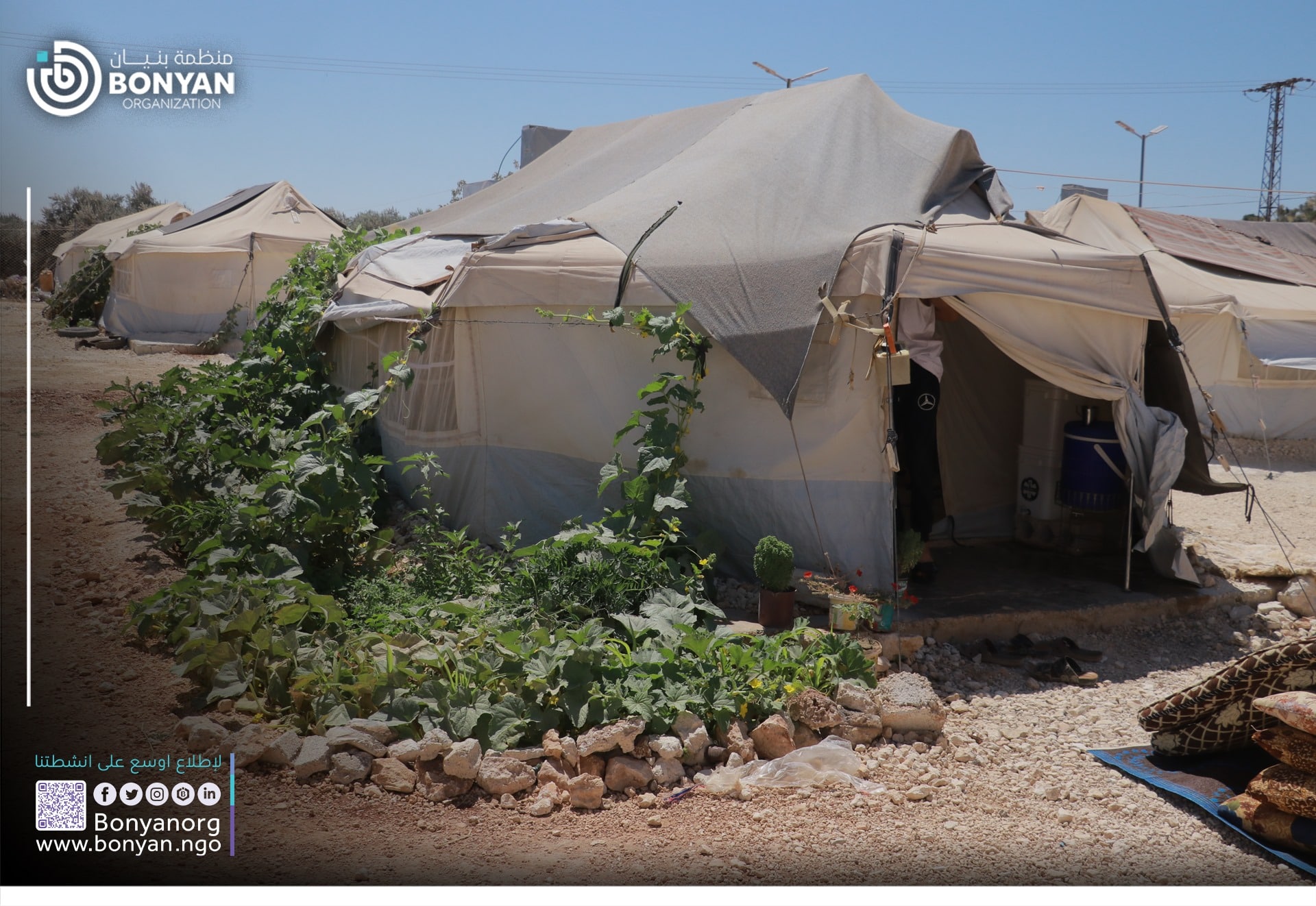
The vulnerability of refugees and migrants to risks associated with:
- Population movements – psychosocial disorders.
- Reproductive health problems.
- High neonatal mortality.
- Drug use.
- Eating disorders.
- Alcoholism.
- Exposure to violence – increases their vulnerability to NCDs.
The main issue with respect to non-communicable diseases is the disruption of care, either due to lack of access or the decimation of healthcare systems and providers; The displacement interrupts the ongoing treatment necessary for chronic conditions.
Refugees Facing Hunger Challenges
There is a clear hyperlink between nutrients and public health.
Communicable sicknesses added on in element through malnutrition are answerable for hundreds of thousands of preventable deaths every year.
Mass populace moves can bring about excessive prices of malnutrition, illness, and death.
Shortage of meals additionally makes humans greater liable to sexual abuse and exploitation.
Poor fine diets and diet and mineral deficiencies make a contribution to behind-schedule youth development, inflicting irreparable damage.
Additionally, for folks who stay with continual illnesses, which include HIV/AIDS, ok nutrients are crucial in keeping the immune system.
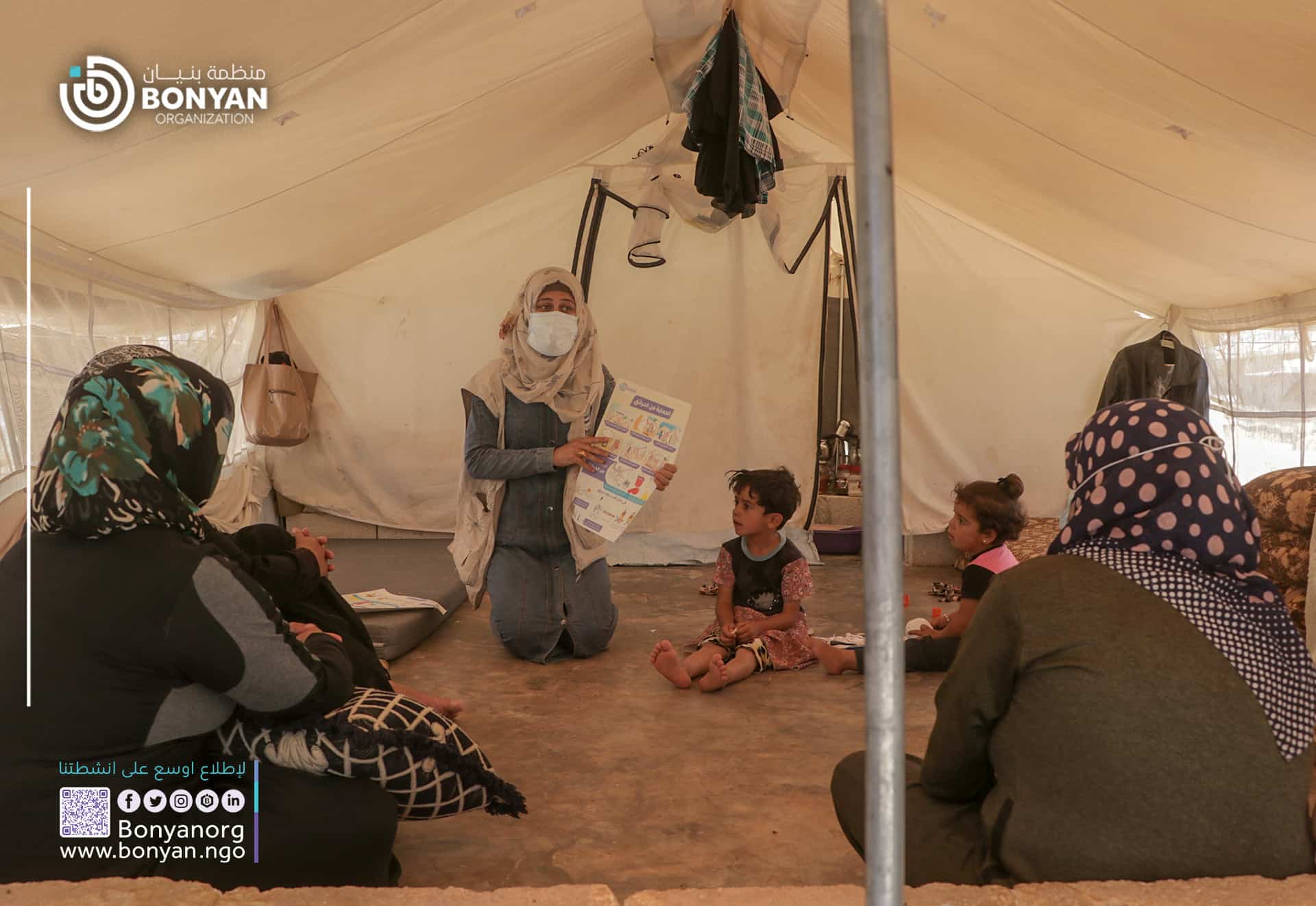
Refugees Facing Poverty Challenges
According to the results of the field survey, (90%) of refugee families use at least one negative coping strategy, such as limiting food intake or buying household goods through debt, to continue their daily lives.
(52%) of families outside the camp reported that they have access to income from work compared to (25%) in refugee camps
One of the most important obstacles that stand in the way of refugees to obtain their most basic rights is extreme poverty.
Children in al-Lujaz camps are unable to obtain healthy food or adequate education due to extreme poverty, in addition to the extreme poverty that leads to early marriage.
Refugees Facing Privacy and Security Challenges
Refugee shelters suffer from overcrowding, but the constant influx of refugees and increasing numbers prevents those in charge of these centers from thinking of solutions that preserve women’s privacy, thus increasing the chance of harassers to carry out their attacks, according to a report by the United Nations High Commissioner for Refugees.
Women and girls constitute about (50%) of Any group of refugees or displaced persons.
This group is often the most vulnerable due to its lack of protection.
On the other hand, it is difficult to accept the idea of mixed centers for those coming from the countries of the Middle East, especially with different cultures, societies, religions, and sects, in light of the existing societal division in the region exacerbates problems.
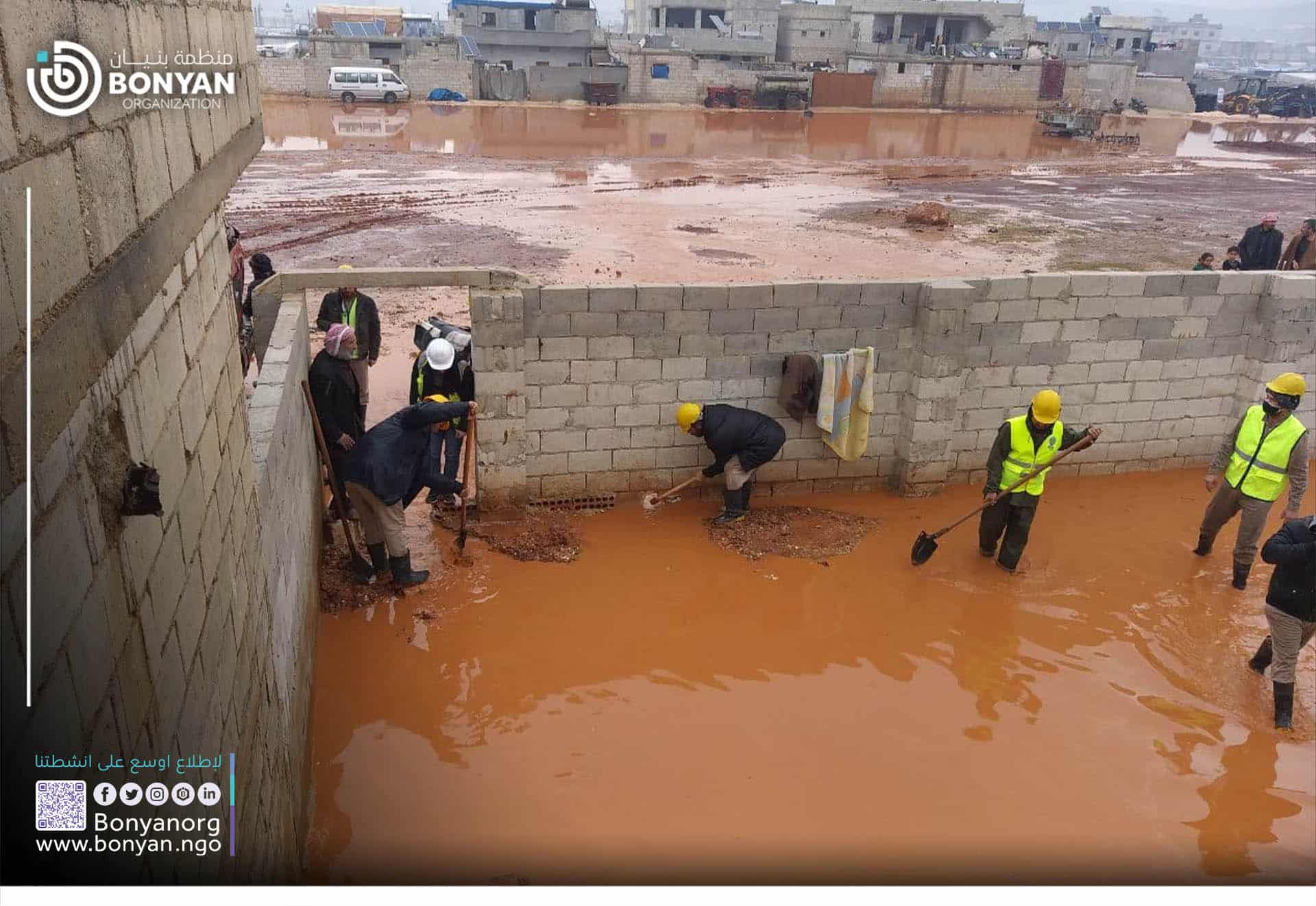
Refugees facing Education Challenges
Education protects refugee youngsters and teenagers from compelled recruitment into armed groups, infant labor, sexual exploitation, and infant marriage.
Education additionally strengthens network resilience.
Education empowers by giving refugees the information and talents to stay productive, satisfying, and unbiased lives.
Only (63%) of refugee children enrolled in primary school, compared to the global rate of (91%).
The enrollment rate of refugees drops sharply in the secondary school years, with only (24%) of refugees having the opportunity to complete secondary school, much lower than the global rate of (84%).
The sharp decline between the two rates in primary and secondary education is a “direct result of the lack of funding for refugee education.”
Read More:
Donate to Help Refugee in Camp
Education is a basic right of the refugees, and many refugee children suffer from poor education and educational means.
You can donate to help children get their education through Bonyan Organization, which provides these services in refugee camps in several countries.
You can view Bonyan’s projects through its pages on social media.
FAQ
What Problems Are There In A Refugee Camp?
Refugees living in camps are facing:
– Overcrowding places.
– Poor sanitary conditions.
– Food insecurity.
What Are The Dangers Of Living In A Refugee Camp?
1- Overcrowding.
– Lack of water.
– Sanitation and hygiene (WASH) facilities.
– Privacy hinders the quality of life for inhabitants and is further worsened for the 50% of refugees who are girls.
How Are Refugees Treated In Refugee Camps?
The refugees in the camps suffer from a lack of food and non-food items. They also face harsh conditions in all seasons of the year.

